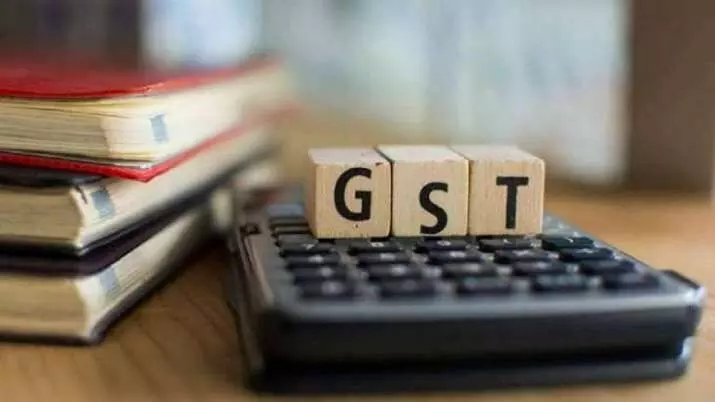Brighter prospects await

The Goods and Services Tax (GST) collection in November, pertaining to the transactions made in October, remained over the 1.4 lakh crore mark for the ninth straight month. This is a positive sign as it reflects a consolidation of a new benchmark of sorts. Five years after the GST was rolled out, finally, the new tax regime is now showing signs of stabilization. Most of the apprehensions have subsided and there exists a broad window of improvement. The GST revenue in November stood at Rs 1,45,867 crore — with Central GST (CGST) being Rs 25,681 crore, State GST (SGST) being Rs 32,651 crore, and integrated GST (IGST) at Rs 77,103 crore. Of the IGST, the government has settled Rs 33,997 crore to CGST and Rs 28,538 crore to SGST — taking the total revenue of Centre and the States to Rs 59,678 and Rs 61,189 crore, respectively. November GST collections have, however, dipped below the 1.52 lakh crore figure achieved in October. This might be seen as a slight aberration as the dip in November collections has come despite October being a festive season. Nevertheless, the 1.4 lakh-crore mark — crossed 10 times until so far — has become by and large the new benchmark. The marginal dip in November is a reminder that the progress should not be allowed to be reversed at any cost. The impressive growth and stability registered this year notwithstanding, there is ample room for improvement. The government should step out of complacency, and address the broader issues of tax rationalization and boosting compliance by the earliest. The GST council meeting, slated to be held on December 17, has come after a long stretch of time, and this opportunity should not be missed out. The rationalization process, in particular, is critically important from a policy perspective. The government presently faces two impediments in this regard. First, the rampant inflation has left the government with only a little room for maneuvering. Inflation is indeed a genuine issue and the government should be wary of making upward revision at this point in time. Excessive burden on the common man's pocket may not be a desirable thing presently. The second impediment is of political nature. Increase in prices at this point of time may affect the electoral prospects of the ruling party at Centre. Experts opine that the decision to rationalize tax rates may be deferred till the general elections in 2024. One year from now is a long time, and the fiscal opportunities lying ahead of us should not be allowed to pass unfruitfully. As India, just like any country in the world, is struggling to get back on track after the onslaught of a series of global crises, appropriate fiscal headroom is certainly a desirable, and even necessary trait. It may be noted that the effective GST rate stands currently at 12 per cent, down from the original revenue-neutral rate of 15.5 per cent. More than a year before the general elections, and when inflation is showing signs of coming under the tolerance band of six per cent, the December 17 GST council meeting might be the right time to make tax revisions. Another concerning issue that propped up from the release of GST collection figures is the dip in collection of states like Kerala and Gujarat. Unlike other manufacturing states like Maharashtra, Karnataka, Andhra Pradesh, Haryana etc., which have registered growth, GST collection for Gujarat and certain other states has witnessed a decline. There is a need to pinpoint the reasons and make the necessary course-correction. It won't be wrong to say that the GST regime is still a work in progress. Rough edges need to be smoothened and loopholes have to be plugged. The government this year already has Rs 12 lakh crore in its kitty. Other sources of revenue also seem promising. This advantageous position can be leveraged with certain policy modifications.



